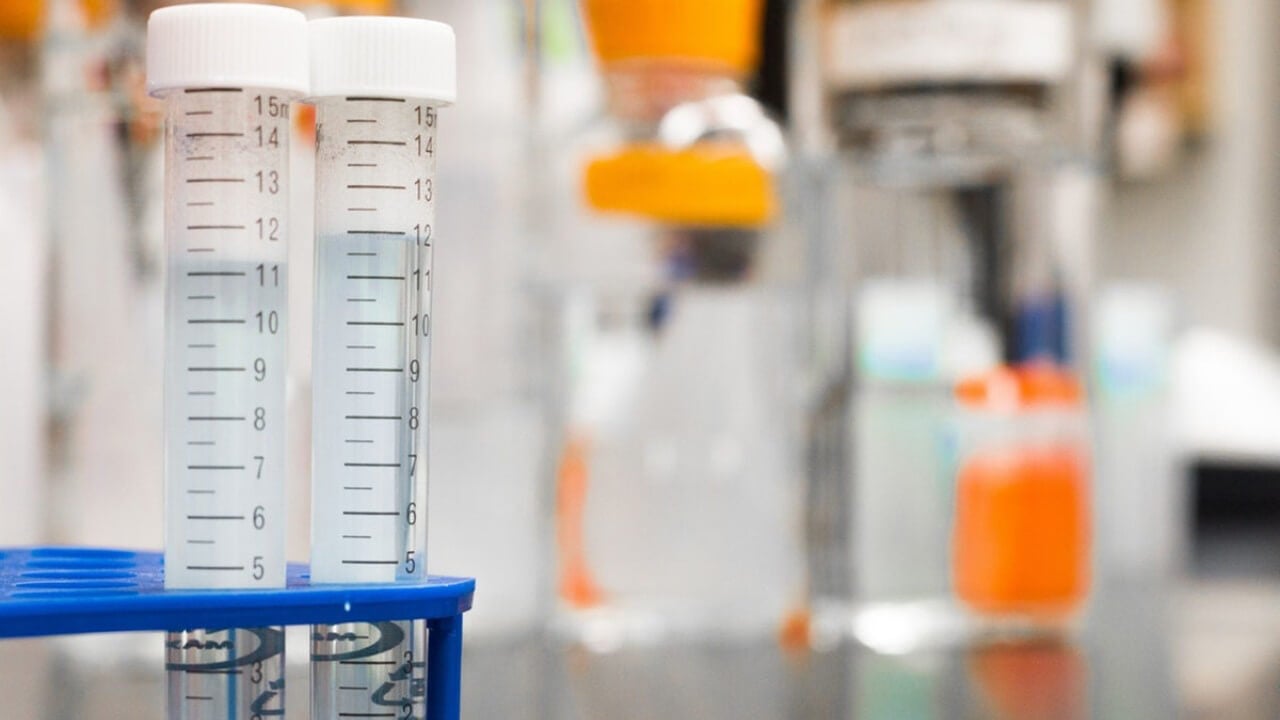According to the 21 CFR 211.113 (b) ‘Appropriate written procedures, designed to prevent microbiological contamination of drug products purporting to be sterile, shall be established and followed.
Such procedures shall include validation of any sterilisation process’, it has clearly drawn a focus on the importance of sterilizing filtration system to be properly designed across all the bio-tech manufacturing processes.
In making the validation procedures of suitable sterilizing filters, it is best recommended to draft out a sterile filter master plan for the mentioned manufacturing processes. There are 8 major considerations for the validation engineers to evaluate before writing up the sterile filter master plan.
1. Appropriate to Use
The most important question to this consideration when choosing the sterilising filters used, will nonetheless be ‘what is the product to be filtered’ and ‘what processes will the product be going through’. The risk of contamination in the product & process conditions proportionately increases from upstream, downstream and eventually the final fill. This has given a good idea on the proper weightage of suitable and sizable filters should be placed in a validation plan.
There is also a need for the sterilizing filters to be revalidated when if there are any process changes and product redesign.
2. Sterilization of the Filter
Before pushing the filters into the sterilization phase, it should be reasoned that the sterilization method is proven effective as this does not compromised the filter. Sterilizing filters can be sterilized in a certain of manners. Capsule filters can be gamma irradiated or autoclaved. Disk filter holders are autoclaved with the wetted filter in place. Cartridge filter installations are often sterilized by steam in place (SIP) operations.
The steam used should be free of particulate substance, such as rust and pipe scale that will be removed by the filter to be sterilized and shorten the filter lifespan. The validation of this step is rational if the filter is integrity tested following the mean of an actual filtration process.
3. Stability of the Filter Used
It is also important for the validation engineer to take note that the construct of the filter does not unfavourably affecting the product filtration process. Sometimes, the filter construct material can interact with the product, changing the conditions, such as temperature, pH, physical appearance etc. in the stream process.
This can commonly be validated by collecting data from the stream process conditions, then have them analysed using statistical means.
4. Binding on the Filter
Binding on the filter is basically referring to the study whereby the product-contact surfaces of a sterilizing filter does not bind to any formulation component causing product loss in the process. The filter should not remove active pharmaceutical ingredients, excipients, carriers, diluents, proteins, preservatives, or any other formulation component.
Binding and adsorption filter characteristics are measured in the qualification phase by using the adsorption analysis, to identify if the product content is partially retained in the filtration mechanism.
5. Compatibility of the Filter with the Process
Any conditions in the process, such as thermal, hydraulic, or chemical clash can be a major cause of adverse deformity in the structure of the sterilizing filter. The filter system must be qualified to demonstrate that all product-contact surfaces of the filter and its structural parts, including membrane support layers, core, cage, o-rings and other related components of the construct, can tolerate challenges of all the conditions of the sterilization and production processes.
Recently, there is an increasing demand for the testing of biocompatibility (biological safety) associated with the filters to be used in the pharmaceutical production, as part of the sterilized filtration validation.
6. Extractables/Leachables from the Filter
Extractables/ leachables testing is an important sterile filter validation as it identifies, quantifies and assesses the filter itself acting as a source of physical or chemical contaminants migrating to the process stream. Extractables are usually extracted from plastic or elastomeric materials in solvent under distressed conditions, while leachables refer to compounds that leach from plastic or elastomeric materials into the pharmaceutical product under normal conditions.
The nonvolatile residue test (NVR) is normally used to quantify the amount of such contaminants released by a filter into the process stream.
7. Bacterial Retention
A bacterial challenge test validates the ability of a filter to provide sterile effluent in any pharmaceutical product. Under controlled test conditions, the filter is challenged with a minimum of 107 viable B. diminuta (ATCC 19146) /cm2 of effective filtration area.
This has been considered as most widely accepted approach for sterilizing filter validation because the bacterial challenge concurrently tests the physical-chemical interactions of the liquid product and the filter according to process conditions.
Validation of the bacterial challenge is usually performed by the filter company or an outsourced laboratory, using 47-mm disk filters to improvise a scaled-down volume of the pharmaceutical product required.
8. Integrity Testing
It has been well understood that the correlation between bacterial retention and a non-destructive integrity test, described in ASTM F838-05. Sterilizing filters for stream processes can integrity tested by the bubble point, forward flow or diffusional flow test or the pressure hold test, depending on the feasibility of each test to the applications.
References
Technical Report No.26 Revised 2008 Sterilizing Filtration of Liquids. PDA Journal of Pharmaceutical Science and Technology. 2008, Volume 62- No.S5
WHO good manufacturing practices for sterile pharmaceutical products (Annex 6) WHO Technical Report Series, No. 961, 2011
